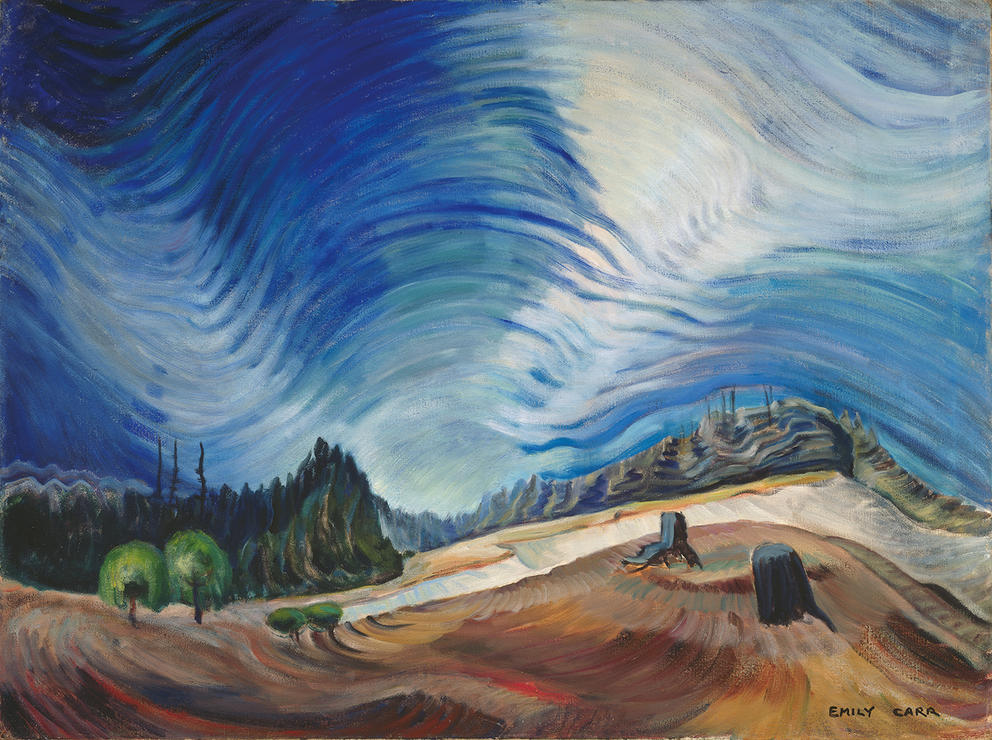Podcast | Emily Carr painted PNW forests as they were
The Canadian artist created landscapes unlike her contemporaries’, intuiting the web of life beneath the canopy and putting it on canvas.

One of Carr's later works, "Above the Gravel Pit," was painted in 1937. (Trevor Mills/Vancouver Art Gallery)
As a painter in early 20th-century British Columbia, Emily Carr approached her subject matter through a colonial lens and expressed what she saw with a modernist style developed in the studios of London and Paris. She earned renown for her early depictions of Indigenous cultures, work that would later be criticized as appropriative.
It was later in her career, though, that she focused more intently on the forests themselves, intuiting a web of life beneath the canopy that would eventually be proven by science. Her paintings from this era are unlike those of her contemporaries, capturing the mystery and majesty of these natural landscapes in vivid form.
Subscribe to Mossback on Apple Podcasts, Spotify, Amazon or Podbean.
Crosscut’s resident historian Knute Berger explored this part of Carr's career in a recent episode of his Mossback’s Northwest video series, but there is more to the story.
For this episode of the Mossback podcast, Berger and co-host Sara Bernard discuss how Carr's living landscapes came to be and how the power of the Pacific Northwest's forests have long inspired powerful artwork, personal reverie and even a kind of evangelism.


